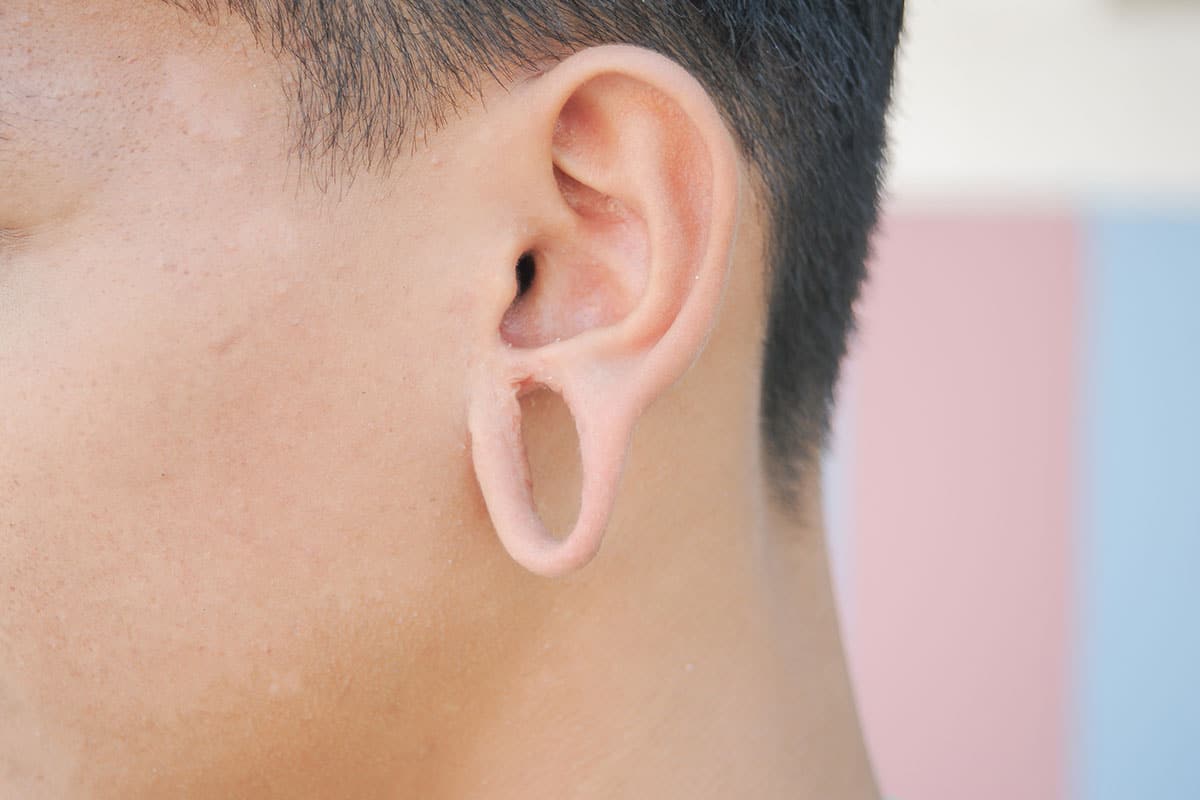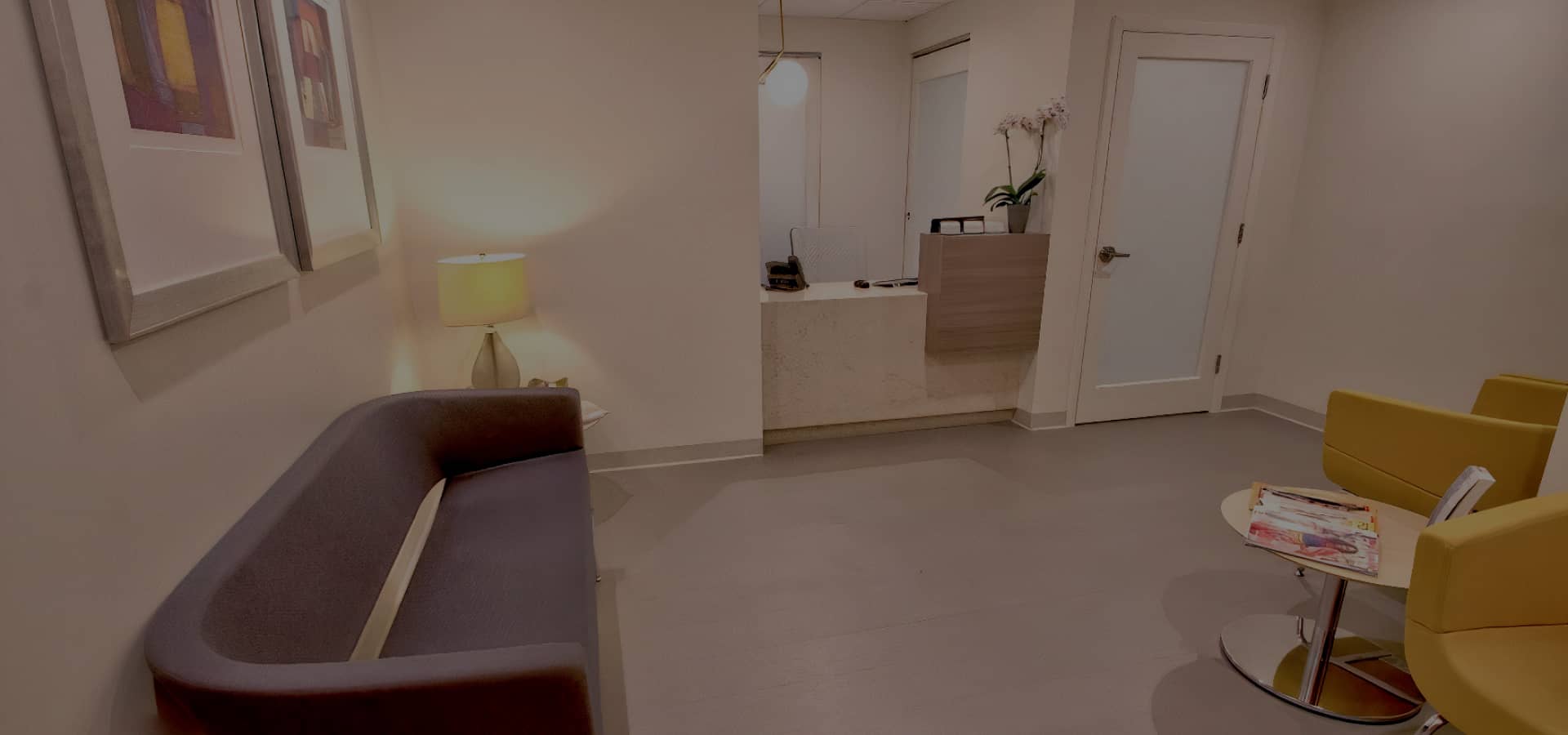Stretched earlobes can arise from various practices, often leading to unwanted aesthetic changes and, occasionally, medical complications. Understanding the underlying causes and exploring repair options is essential for those seeking to restore their ear’s natural look.
Pioneering the field, Dr. Anthony Bared offers comprehensive insights into ear lobe repair, blending extensive experience with innovative techniques. His expertise ensures patients are informed of the latest advances and the most effective care for their earlobe restoration needs.
Causes and Complications of Stretched Earlobes
Wearing heavy earrings over time can lead to stretched earlobes. The pressure and pull can weaken earlobe tissue, sometimes causing torn earlobes. Stretched ear lobes may alter appearance and increase the risk of infection from minor skin damage. The damage may also restrict the types of jewelry one can wear comfortably. Those who wear or consider heavy earrings should be aware of these risks.
How Stretching Affects Earlobe Tissue
Stretching with a gauge piercing gradually enlarges the earlobe’s opening. This process can reduce the ear lobes’ elasticity, as the skin adapts to fit larger jewelry. Forming scar tissue may occur, making the lobe less flexible and difficult to shrink back if stretching stops.
Continuing to stretch may lead to a point where the tissue permanently alters. This includes earlobe skin thinning and potential micro-tears that risk scar formation. These changes might require professional help to correct the ear’s appearance.
Non-Surgical and Surgical Earlobe Repair Options
Reconstructive surgery provides a lasting fix for torn earlobes and is a widely accepted cosmetic procedure. It restores the natural form and functionality of the ear lobe. Simpler options like lobe reduction reshape the ear without the need for cutting.
Minimally invasive alternatives, such as dermal fillers, offer temporary improvement for those seeking less invasive methods.
- Surgical Procedures: This method stitches the split to promote proper healing. It’s a reliable technique for repairing the earlobe’s contour.
- Earlobe Reduction: Target lobes stretched due to age or heavy jewelry. The process eliminates excess earlobe skin to restore the earlobe’s shape.
- Counter Pain Medication: These are typically given after the procedure to ease discomfort.
Patients should consult with a specialist to understand their choices, which range from temporary to permanent solutions to reinforce the earlobe’s structure and appearance.
The Earlobe Repair Procedure and Aftercare
Ear lobe repair begins with a consultative session with your surgeon discussing expectations and earlobe reduction specifics. After setting your appointment, specialists perform the surgery emphasizing minimal pain and discomfort.
During recovery, adhering to your surgeon’s aftercare directions is critical for an effective healing process. Typically, progress is noticeable within weeks, and it’s important to refrain from heavy lifting during initial recovery.
For discomfort management, pain medication might be prescribed. Key aftercare tips include:
- Avoid manipulating earrings in the repaired lobes.
- Maintain cleanliness, gently washing the area as instructed.
- Keep all scheduled follow-up visits to monitor the healing progress.
The initial healing period varies, but your surgeon will guide you through the aftermath of earlobe repair.
Anticipated Results of Earlobe Repair Surgery
Post earlobe repair surgery, patients can expect an improved appearance of their ear lobes. Key enhancements typically include:
- Symmetry with the corrected shape of the earlobes.
- Retention of the earlobe’s natural size and contour.
- Minimal visible scarring to retain the smoothness of the lobe’s surface.
Outcomes vary based on the earlobe’s initial condition and the specific repair technique used.
Selecting a Qualified Surgeon for Earlobe Repair
Finding the right surgeon is essential for a successful earlobe repair surgery. Look for a surgeon with a strong background in earlobe reconstruction. It’s important to feel at ease with their methodology. Assessing the surgeon’s office in person can provide a clear indication of the care and professionalism offered.
Post-Repair Lifestyle and Earlobe Maintenance
After earlobe repair, it’s important to focus on healing. Allow time for your ear lobes to recover fully before wearing any earrings again.
When choosing jewelry post-healing, prefer lightweight options to avoid additional strain. If you’re wearing plugs, select ones that are proper in size and weight. This ensures your ear lobes stay healthy and keeps them in good shape.
To maintain the results from the repair, avoid heavy earrings that could lead to future issues.
Emotional and Social Benefits of Earlobe Repair
Ear lobe repair offers both emotional and social advantages. This procedure can enhance an individual’s appearance, often leading to increased self-esteem and comfort in social situations. With the ability to wear a variety of earrings, people can express their unique style. Such improvements may positively affect social interactions and opportunities in one’s personal and professional life.
Stretched Earlobe Repair Techniques
Recent developments in surgical procedures for repairing stretched earlobes have improved outcomes. With these enhanced techniques, experienced surgeons can now reconstruct earlobes more precisely, resulting in reduced scarring. The focus is on meticulous reconstruction to preserve the earlobe’s natural appearance.
- The new technique offers precise earlobe reconstruction
- Improved surgical methods result in less visible scarring
- Emphasis on natural-looking results through refined reconstruction
Preventative Strategies for Earlobe Health
Maintain ear lobe health by:
- Choosing earring backs that support well.
- Wearing lighter earrings to reduce strain on the earlobes.
- Taking days off from earrings as insurance for tissue health.
- Regularly moisturizing and cleaning earlobes.
If you’re considering restoring the appearance of your ear lobes, it’s essential to consult with a specialist who can guide you through the process. Board-certified plastic surgeon, Dr. Anthony Bared offers proficient advice and treatment options tailored to your individual needs. Reach out to ensure your ear lobe repair is handled with care and precision.
To learn more about what earlobe repair can do for you, and to explore the best method for your situation, schedule a consultation with Dr. Anthony Bared. His expertise in the field is a vital resource for anyone looking to improve their earlobe health and appearance.

